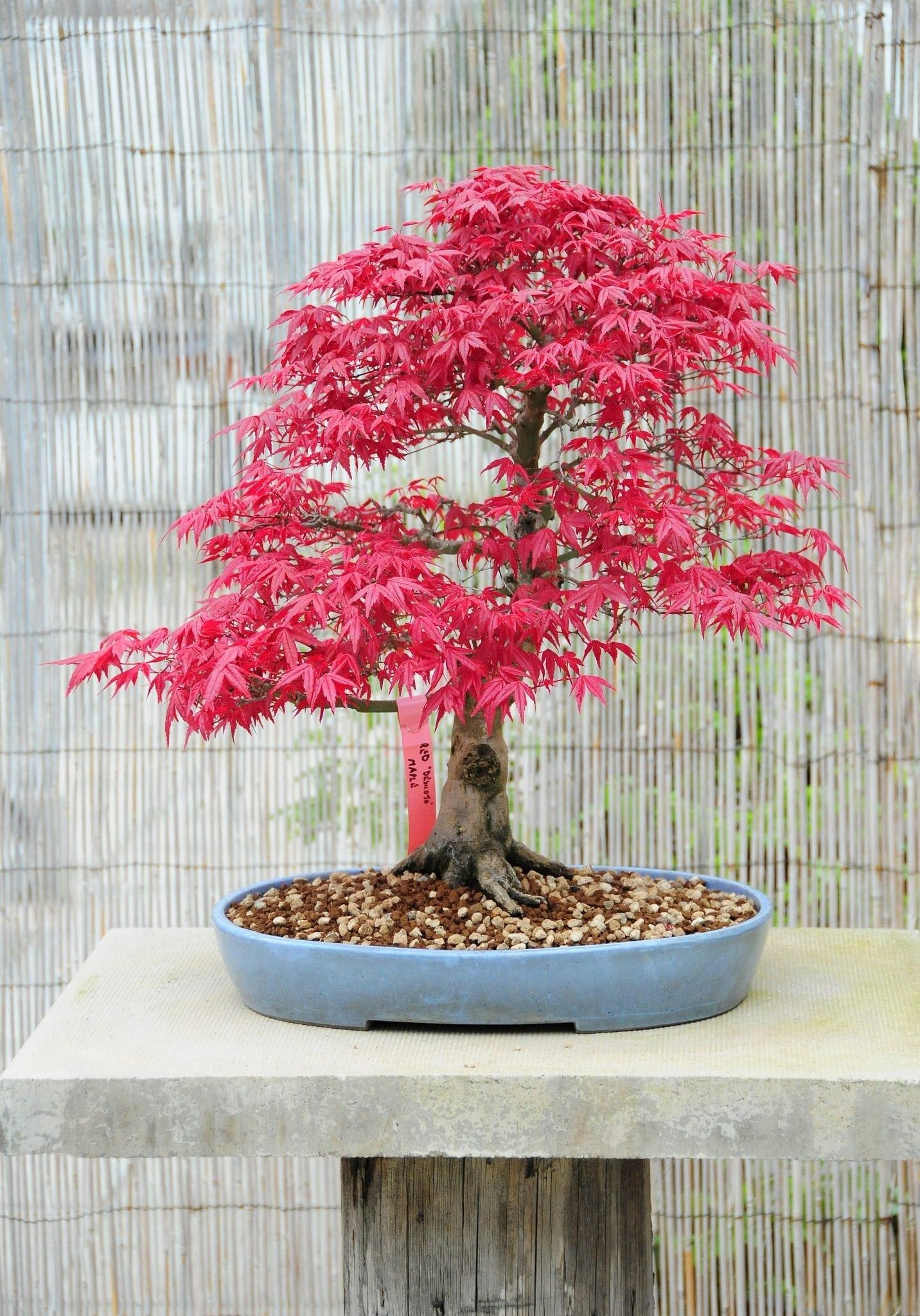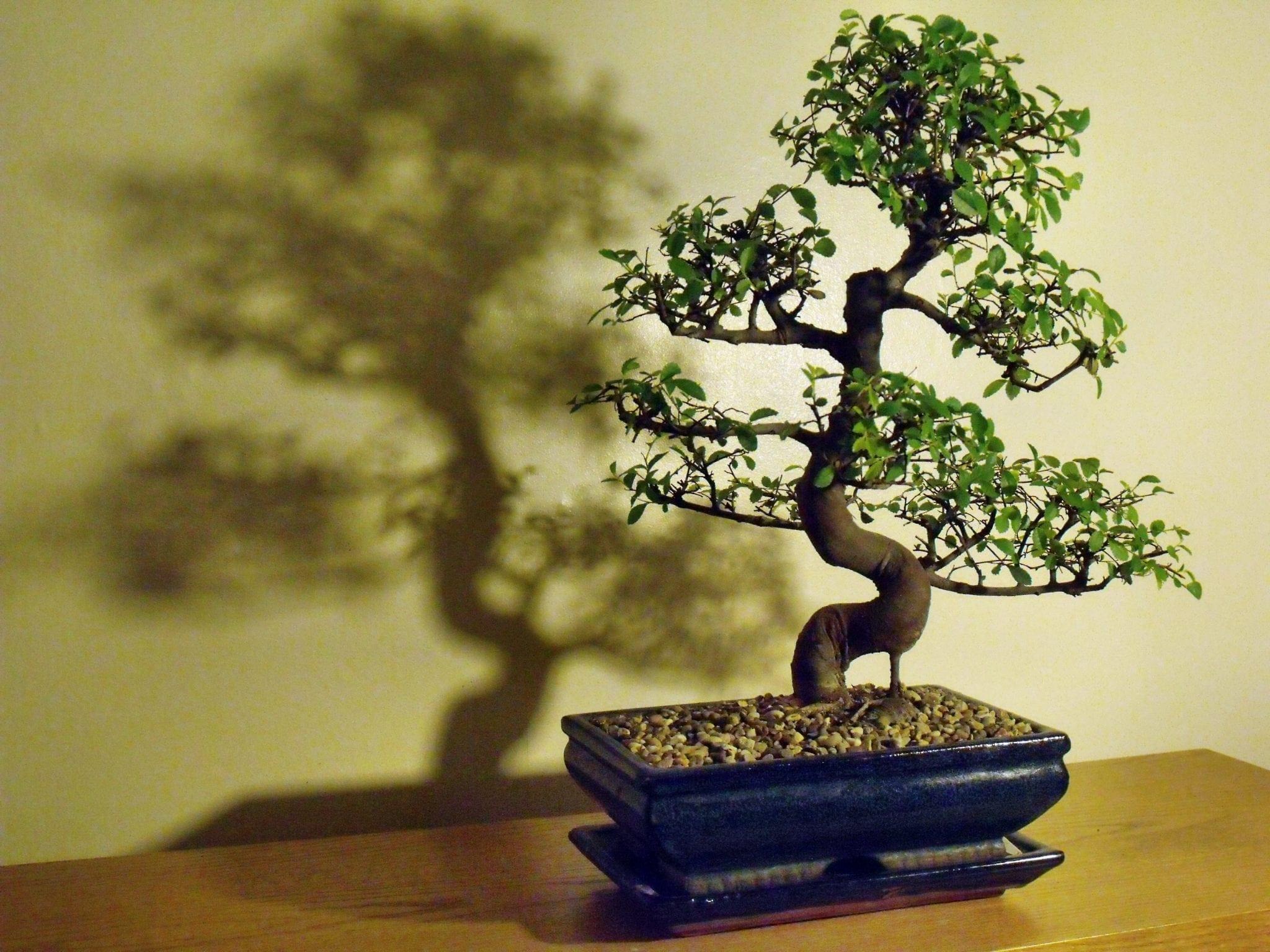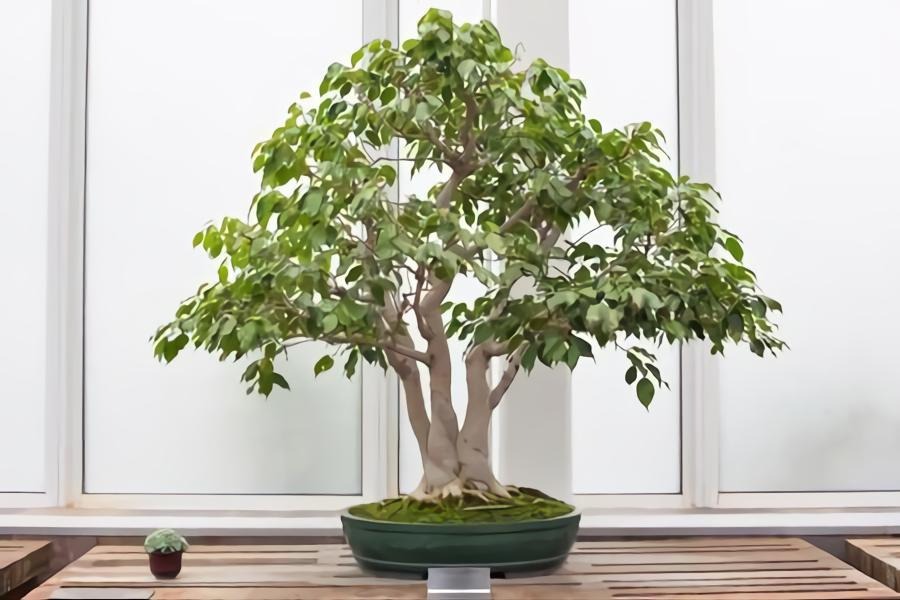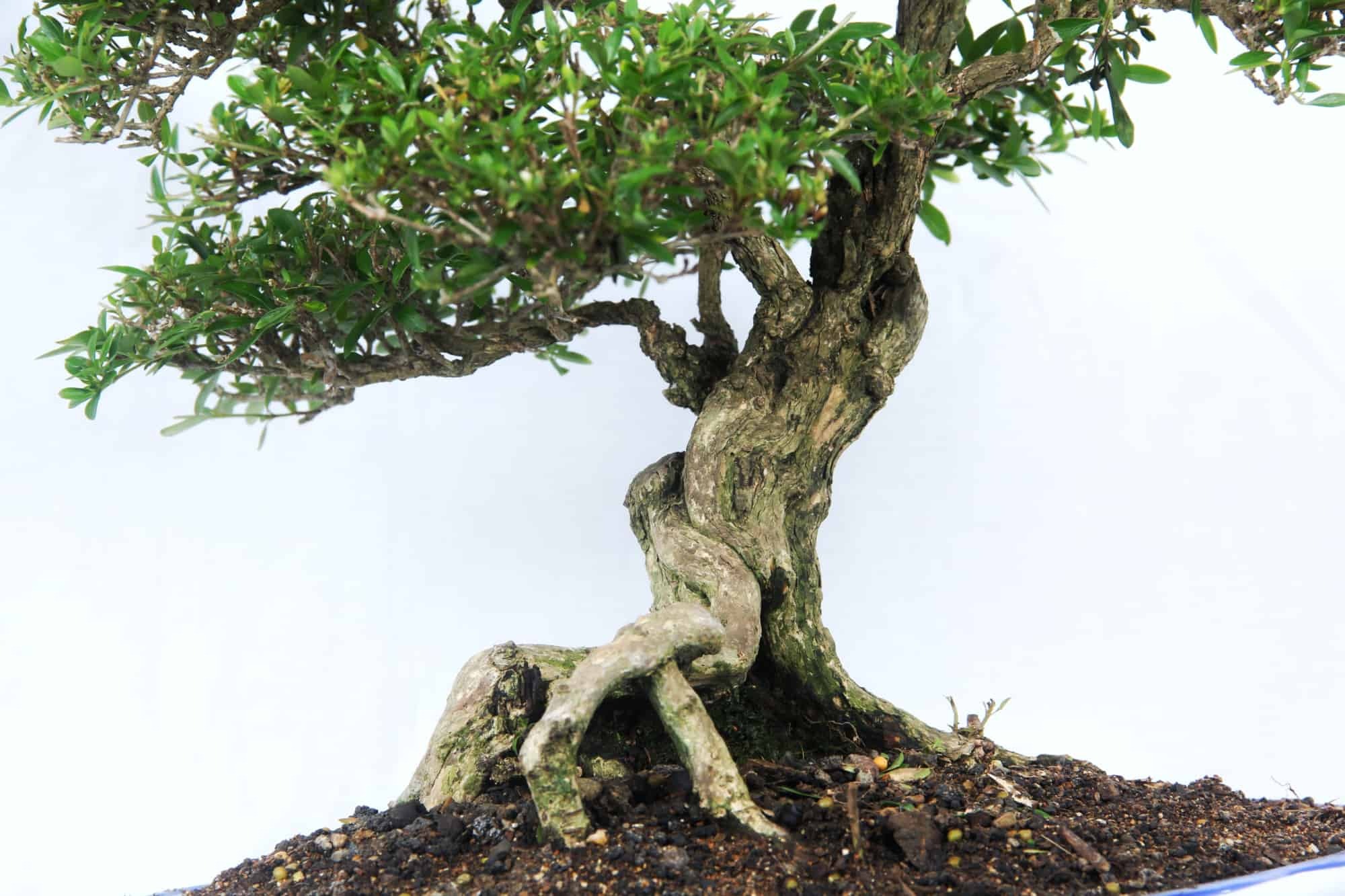Quick search
CTRL+K
Quick search
CTRL+K
Kelvin
Bonsai trees have captivated the hearts and minds of people for centuries. These miniature trees, carefully pruned and shaped, evoke a sense of tranquility, harmony, and a deep appreciation for nature’s wonders. The art of bonsai cultivation is a testament to patience, skill, and a keen understanding of horticulture. In this blog post, we will delve into the enchanting world of bonsai trees and explore some of the best choices available for enthusiasts.
The Japanese Maple is a popular choice for bonsai enthusiasts due to its delicate leaves, vibrant colors, and graceful shape. Known for its striking red foliage in autumn, the Japanese Maple provides a breathtaking display in a miniature form. This tree requires partial shade and careful pruning to maintain its intricate shape.

Junipers are one of the most commonly used species for bonsai trees. With their distinctive needle-like foliage and ability to adapt to various environments, they are ideal for beginners and experienced bonsai growers alike. Junipers can be shaped into a variety of styles, including cascade, windswept, and formal upright, making them versatile and visually appealing.

The Chinese Elm is a resilient and hardy tree that is well-suited for bonsai cultivation. It features small, serrated leaves and attractive bark, which develops an appealing texture over time. Chinese Elm bonsai trees can be styled in different ways, such as the broom style or the informal upright style. They thrive in both indoor and outdoor settings, making them a popular choice for bonsai enthusiasts.

The Ficus, also known as the Weeping Fig, is a tropical tree that adapts well to indoor environments. Its glossy, dark green leaves and aerial roots create a striking visual appeal. Ficus bonsai trees require regular pruning and attention to maintain their shape. They are a great choice for those who prefer indoor bonsai cultivation or live in regions with colder climates.

Pines are a classic choice for bonsai trees, known for their distinctive needle-like foliage and rugged, weathered appearance. Japanese Black Pine (Pinus thunbergii) and Scots Pine (Pinus sylvestris) are popular species used for bonsai cultivation. Pine bonsai trees require ample sunlight and regular care, including candle pruning and needle plucking, to achieve the desired aesthetics.

The Serissa, also known as the Snow Rose or Tree of a Thousand Stars, is a small flowering evergreen tree native to Southeast Asia. It produces delicate, star-shaped white flowers that add a touch of elegance to any bonsai collection. Serissa bonsai trees are relatively easy to care for and can be styled in various ways, such as the informal upright or slanting styles.

Owning a bonsai tree is not just about having a miniature plant; it’s a commitment to nurturing a living work of art. Bonsai trees require specific care and attention to thrive and maintain their aesthetic appeal. In this guide, we will explore essential aspects of bonsai tree care, including watering, pruning, positioning, and fertilizing, to help you develop a strong foundation in maintaining the health and beauty of your bonsai tree.
Caring for a bonsai tree is a rewarding and meditative experience that requires patience, knowledge, and a deep appreciation for nature. By following these essential care practices, including proper watering, pruning, positioning, soil selection, and fertilization, you can nurture and maintain the health and beauty of your bonsai tree. Remember to research the specific care requirements of your bonsai tree species, observe its response to different conditions, and enjoy the journey of cultivating and preserving this living art form for years to come.
Bonsai trees offer a unique and captivating way to appreciate the beauty of nature on a small scale. The art of bonsai cultivation requires dedication, patience, and a deep understanding of the specific needs of each tree species. Whether you’re a beginner or an experienced bonsai enthusiast, the choices mentioned above, such as the Japanese Maple, Juniper, Chinese Elm, Ficus, Pine, and Serissa, are excellent options to consider when embarking on your bonsai journey. Remember to research each species thoroughly, understand their specific care requirements, and enjoy the rewarding experience of cultivating and shaping these living works of art.
Copyright © USANearMe | All rights reserved.